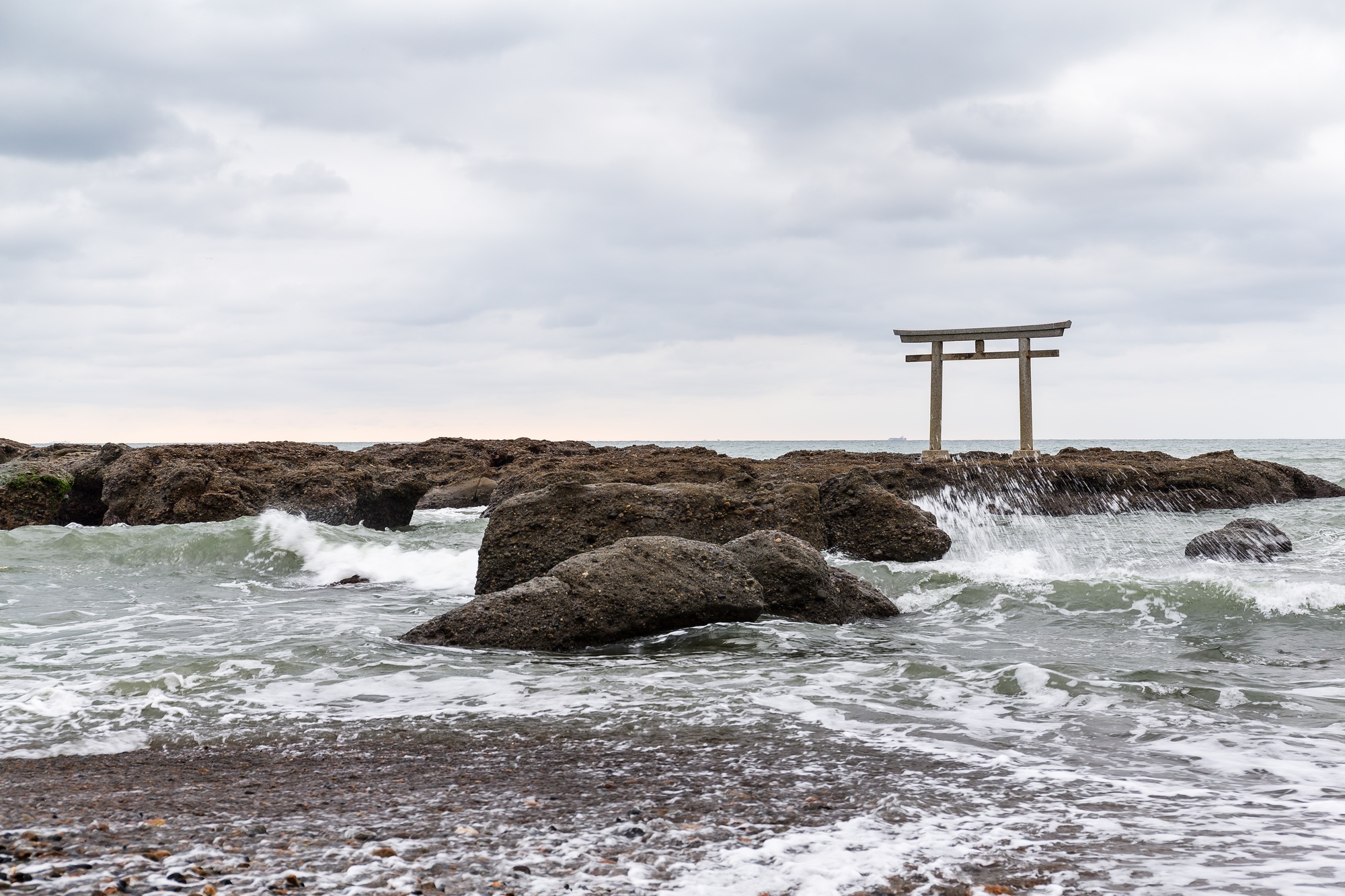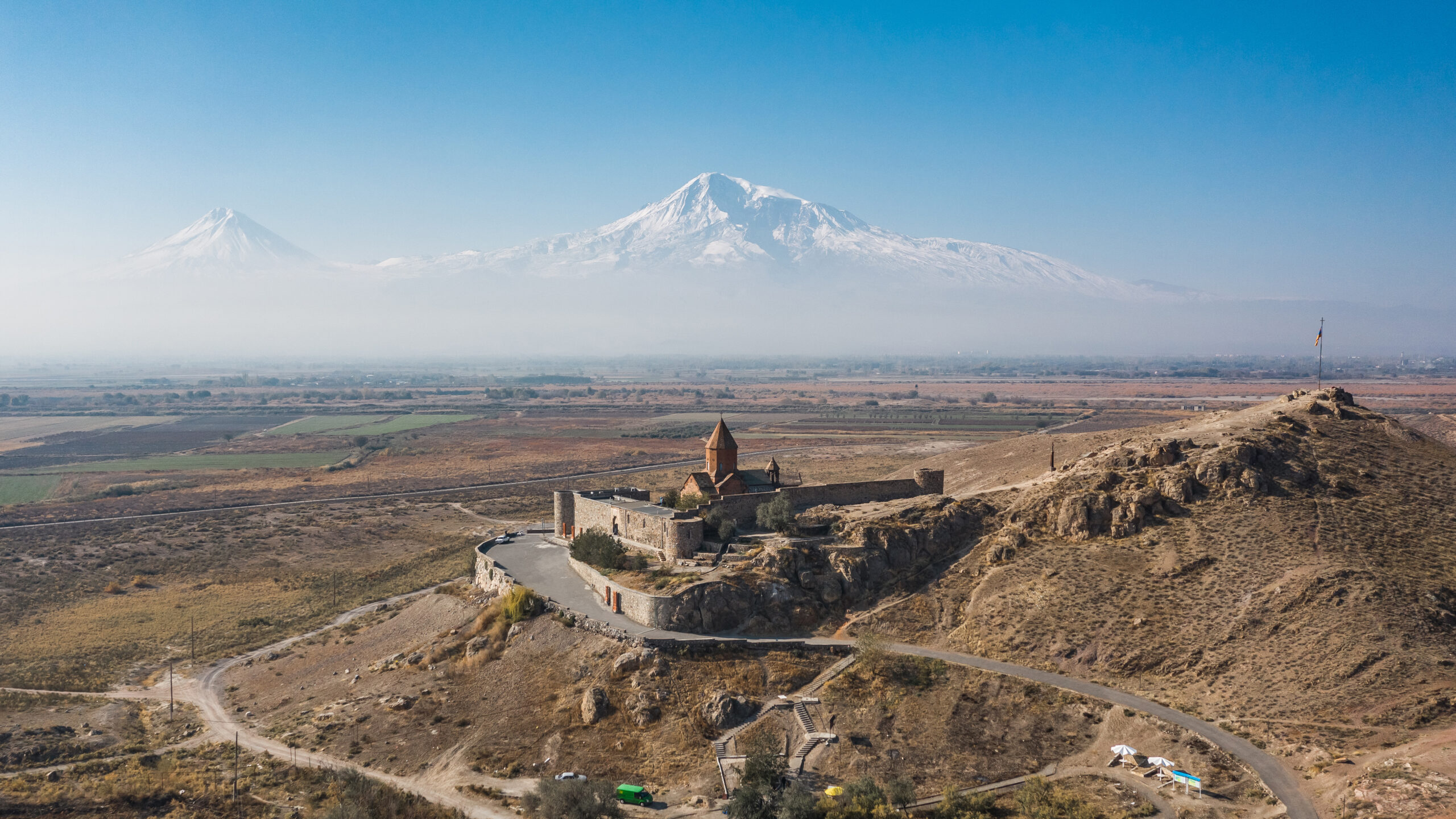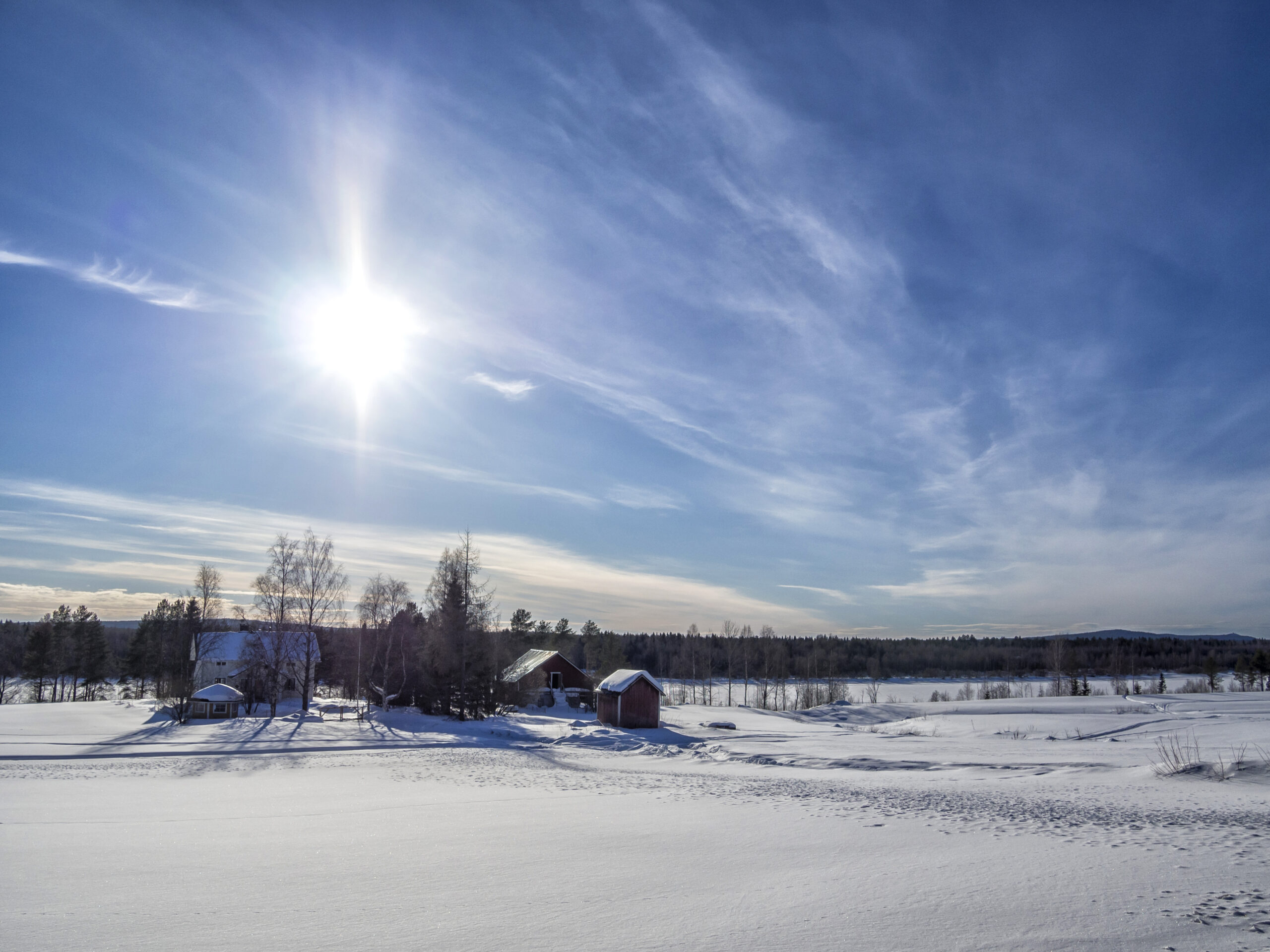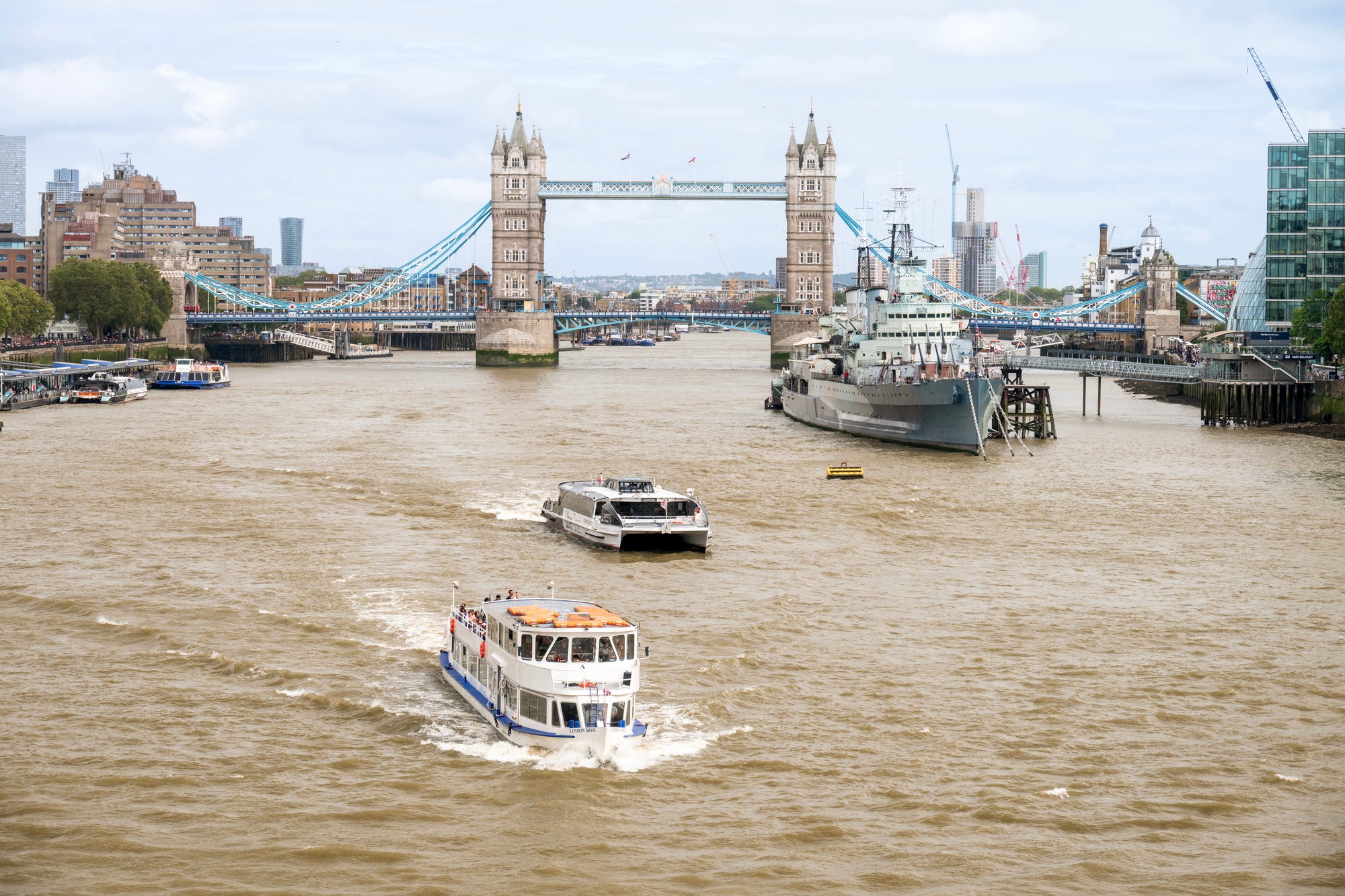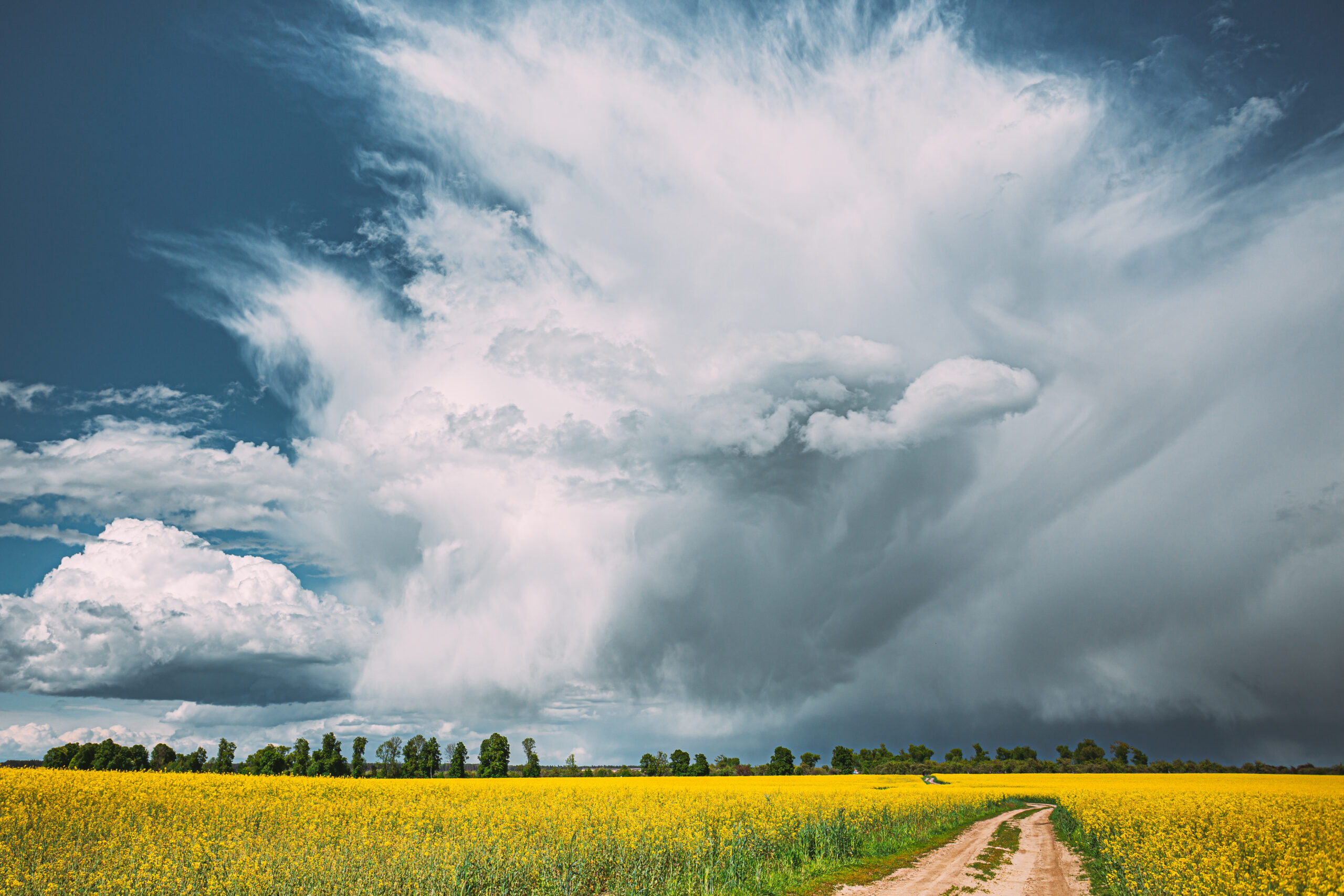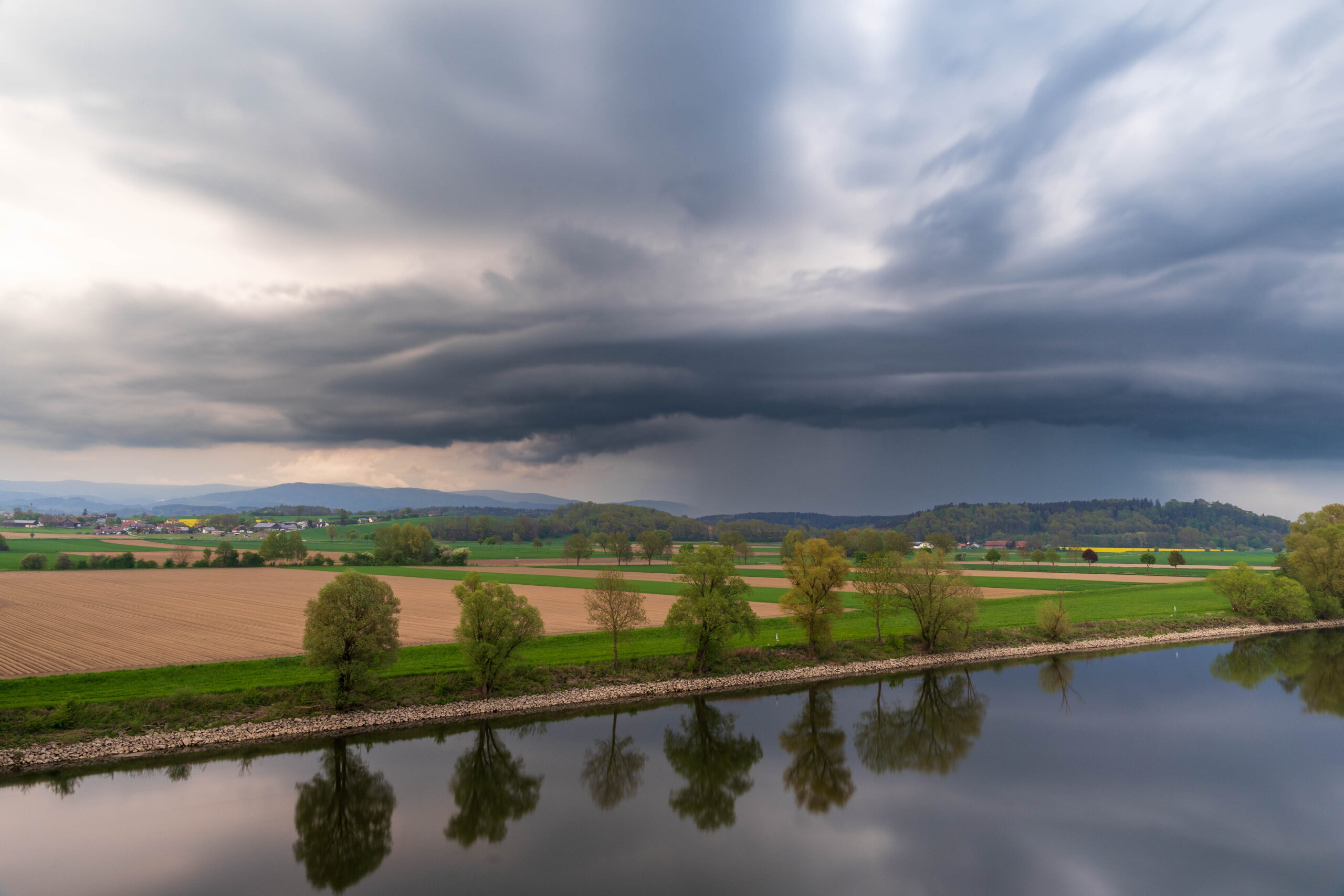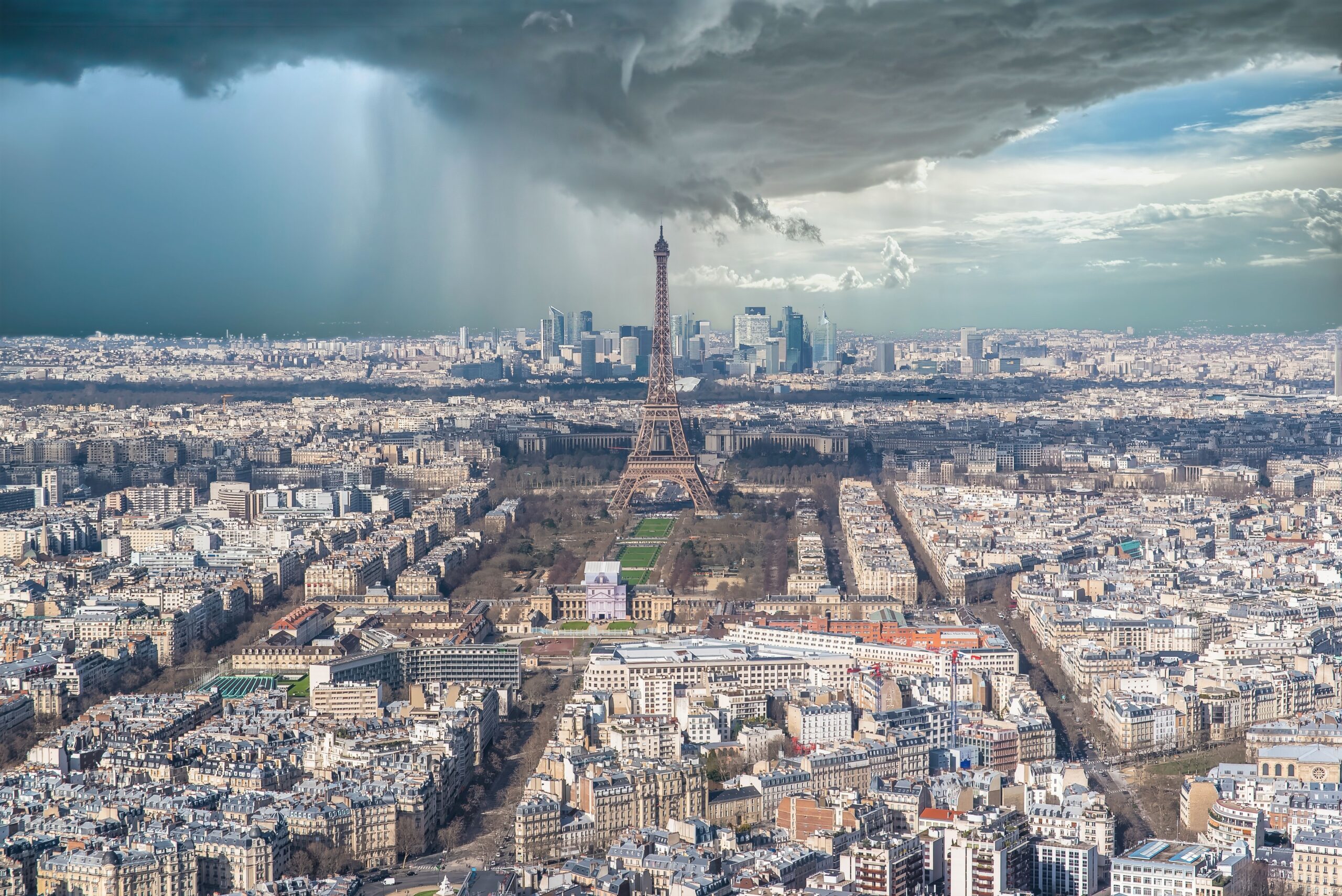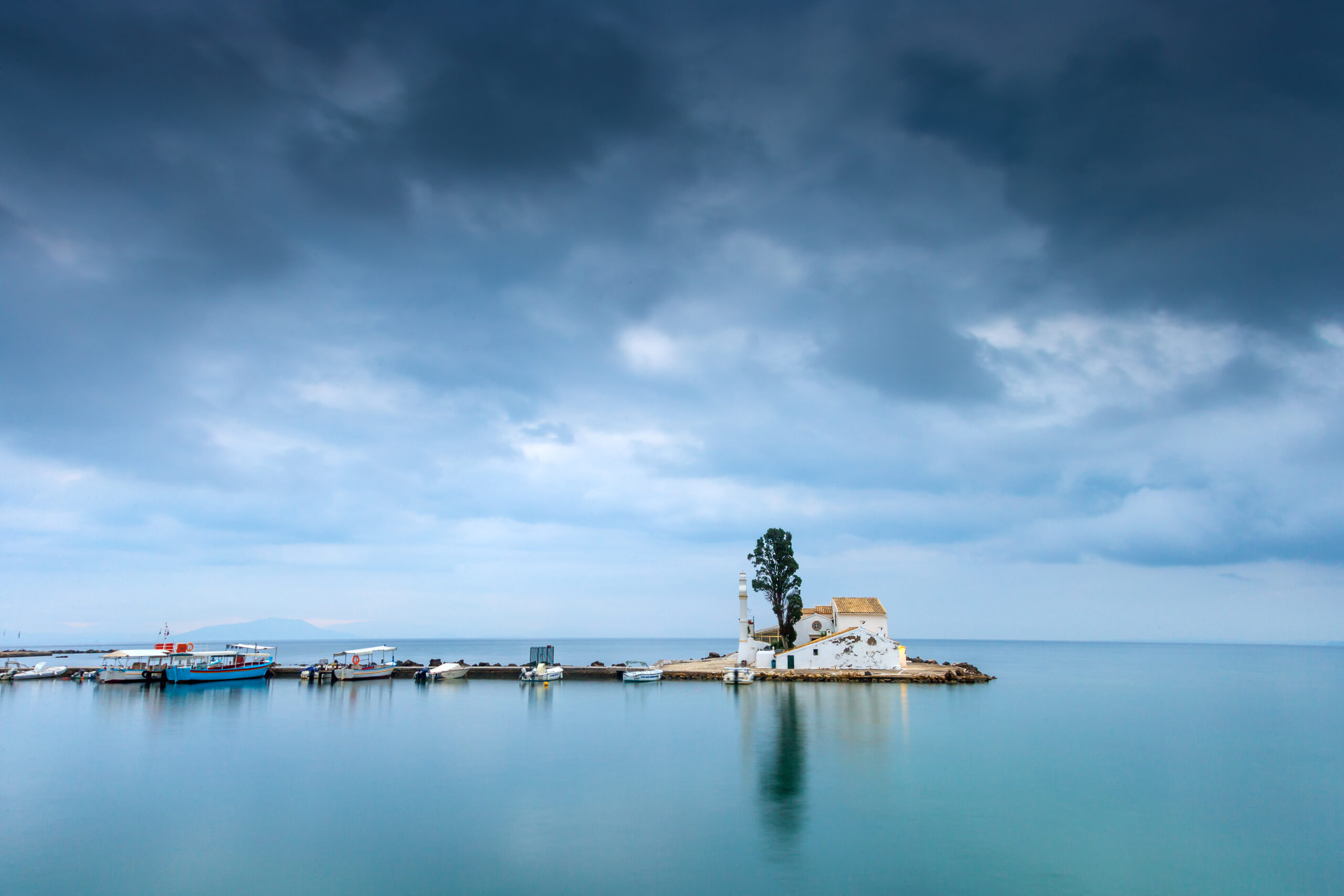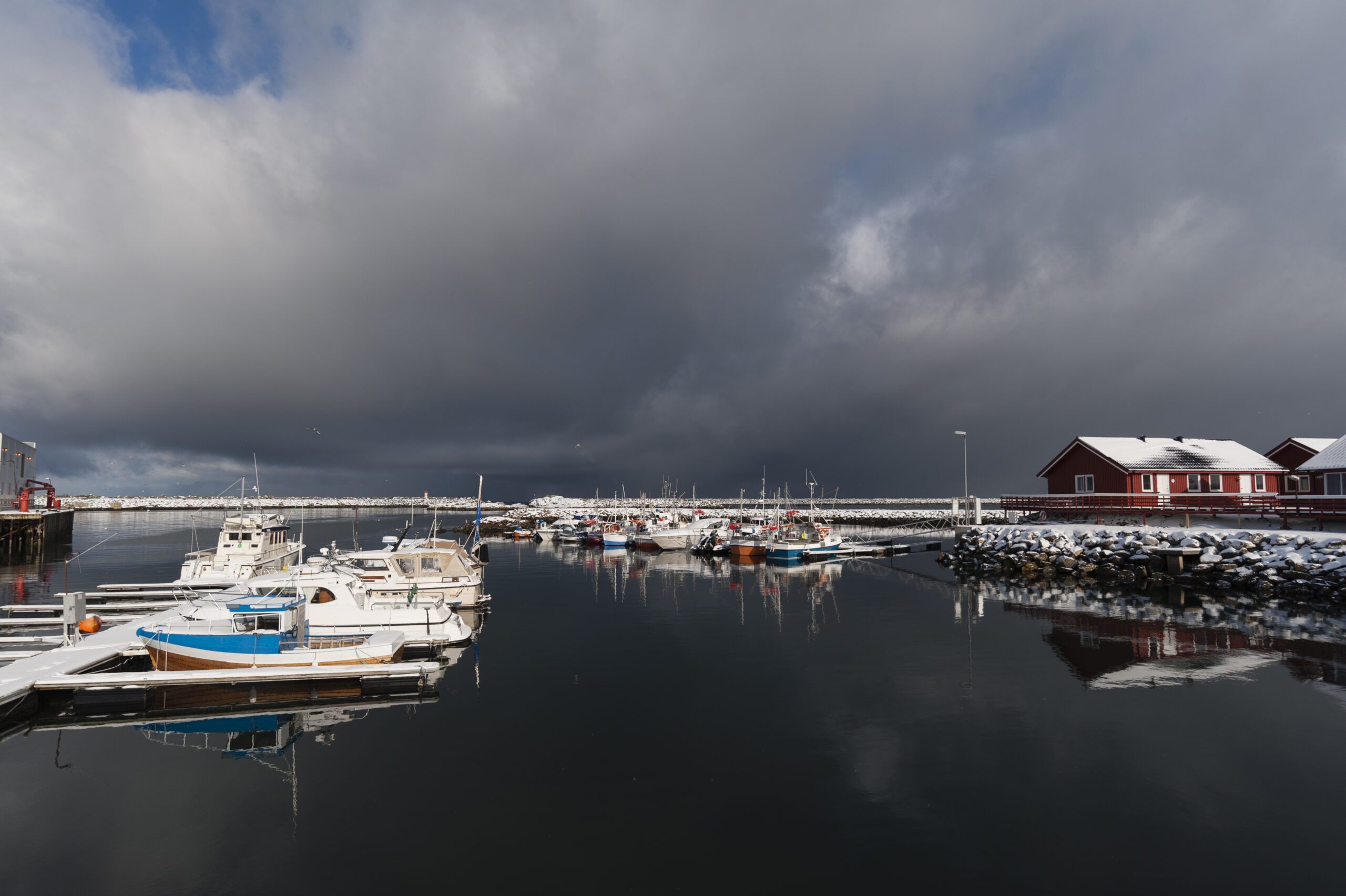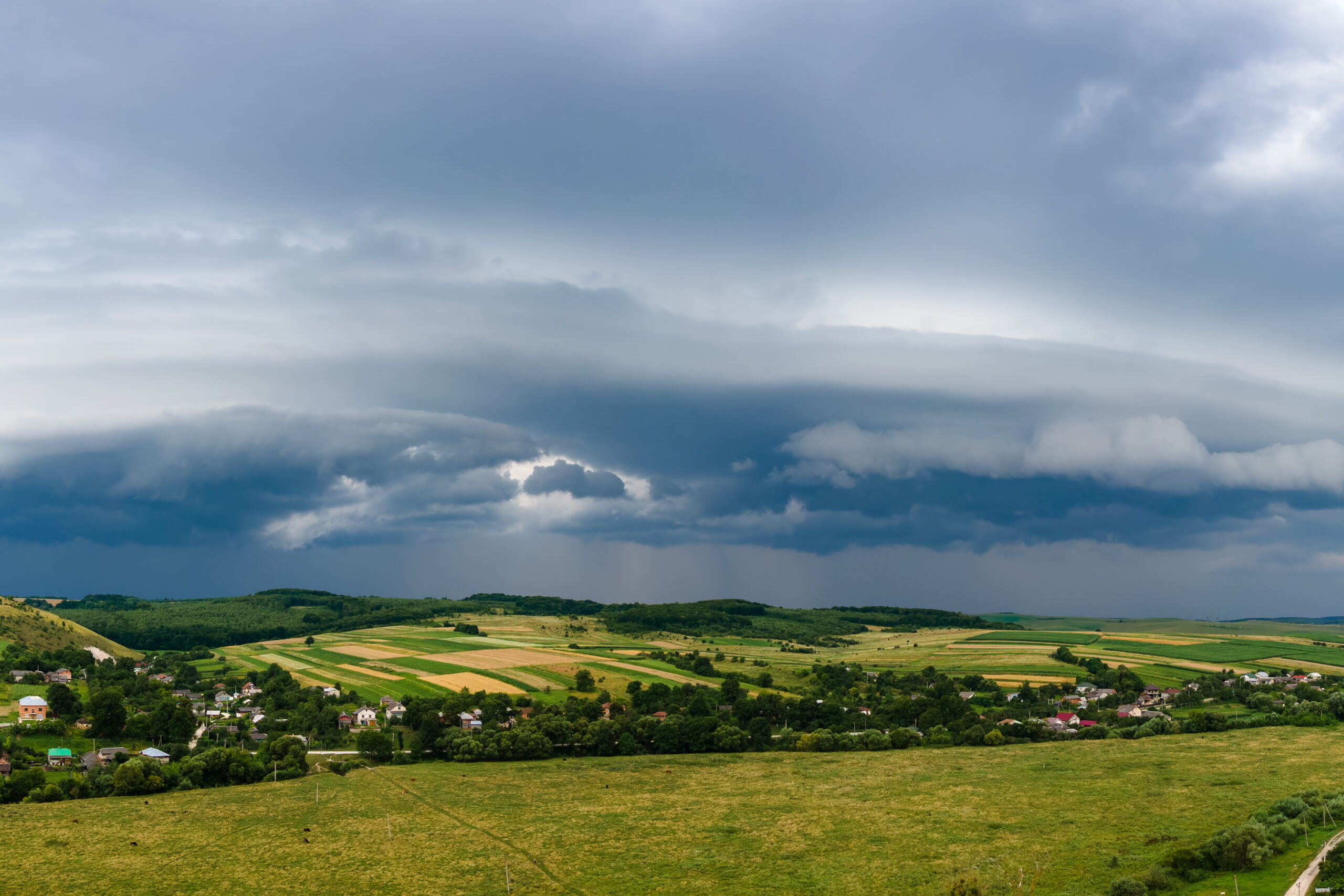🇯🇵 Ibaraki Prefecture Weather Report – Month-by-Month Overview
❄️ January
Cold and dry. Mito averages 0–9°C. Snow is rare in coastal areas but possible inland and in northern regions. Skies are mostly clear, with crisp air and low humidity.
🌨️ February
Still chilly. Highs reach 9–12°C, with lows around 1–3°C. Occasional frost and light snow inland. Sunshine gradually increases, and rainfall remains low.
🌱 March
Spring begins. Temperatures rise to 11–16°C. Plum blossoms bloom in Kairakuen Garden. Rainfall increases slightly, and mornings are often foggy.
🌸 April
Mild and blooming. Highs reach 16–22°C. Cherry blossoms peak across the prefecture, especially in Hitachi and Tsukuba. Rain showers alternate with sunny spells.
🌼 May
Warm and pleasant. Temperatures climb to 20–26°C. Rainfall is light, and skies are mostly clear. Ideal for hiking Mount Tsukuba and visiting coastal parks.
☀️ June
Start of the rainy season. Highs range from 23–28°C. Humidity rises, and afternoon showers are frequent. Rivers swell, and vegetation thrives.
🔥 July
Hot and humid. Temperatures reach 27–33°C. Rainfall peaks early, then tapers off. Summer festivals begin, and evenings stay warm and muggy.
🏖️ August
Still hot. Highs remain between 28–34°C. Rain is infrequent, and sunshine dominates. Beaches like Oarai are popular for swimming and fireworks.
🍂 September
Transition to autumn. Temperatures ease to 24–30°C. Rain returns gradually, and typhoon activity may affect coastal areas. Nights begin to cool.
🌦️ October
Cooler and clearer. Highs drop to 18–25°C. Rainfall decreases, and autumn foliage begins in parks and temple grounds. Crisp air makes it ideal for travel.
🌫️ November
Chilly and dry. Highs hover around 13–20°C, with lows near 7°C. Rain is minimal, and foggy mornings are common. Fall colors peak inland.
🎄 December
Winter returns. Temperatures range from 4–11°C. Snow is rare, but frost is common. Skies are mostly clear, and festive lights brighten city streets.
Let me know if you’d like seasonal travel tips or festival highlights for Ibaraki!
Weather in Ibaraki, Japan: A Month-by-Month AnalysisIbaraki Prefecture, located on the eastern coast of Japan’s main island, Honshu, in the Kantō region, experiences a humid subtropical climate (Köppen classification: Cfa) characterized by distinct seasonal variations, significant rainfall year-round, and marked temperature fluctuations. This report provides a detailed month-by-month analysis of Ibaraki’s weather, focusing on temperature, precipitation, humidity, sunshine hours, and other climatic factors, with data drawn from reliable sources such as Weather Spark, Climate-Data.org, and weather-and-climate.com. The analysis is based on historical averages (1991–2021) and recent observations, offering insights for travelers, residents, and researchers interested in Ibaraki’s climate. All temperatures are presented in Celsius, with precipitation in millimeters, unless otherwise noted.JanuaryJanuary is the coldest month in Ibaraki, marking the peak of winter. The average high temperature is around 8°C, with lows dropping to approximately 0.7°C, and daily mean temperatures hovering near 5°C. Nighttime temperatures can occasionally dip below freezing, with record lows reaching -4°C. Precipitation is minimal, averaging 28.5 mm, making it one of the driest months, with about 3.1 rainy days. Snow is rare but possible, with mixed precipitation (rain and snow) occurring on roughly 0.4 days. Humidity averages 59.9%, the lowest of the year, contributing to crisp, dry conditions. Sunshine hours are limited, averaging 6.0 hours per day, totaling around 189.6 hours for the month. The skies are relatively clear, with 68% of the time being clear or partly cloudy, making January suitable for outdoor activities like visiting Ibaraki’s shrines, though cold-weather gear is essential.FebruaryFebruary remains cold, with a slight warming trend. Average highs rise to 9.1°C, lows to 1.4°C, and daily mean temperatures to 5.9°C. Record lows can still reach -4°C, but the month is marginally milder than January. Precipitation increases slightly to 27.7 mm, spread over approximately 4.9 rainy days, with minimal mixed precipitation (0.4 days). Humidity rises to 63%, and sunshine hours increase to 7.5 per day, totaling about 210 hours. Cloud cover is slightly higher than January, with 61% clear or partly cloudy skies. The weather remains tolerable for winter activities, such as exploring Mito’s Kairakuen Garden, known for its early plum blossoms, though visitors should prepare for chilly mornings and evenings.MarchMarch signals the transition to spring, with noticeable warming. Average highs reach 13.0°C, lows 4.6°C, and daily means 9.8°C. Temperatures can range from a record low of -2°C to a high of 25°C. Precipitation increases significantly to 53.6 mm, with 8.2 rainy days, reflecting the onset of wetter spring conditions. Humidity averages 64.4%, and sunshine hours rise to 9.3 per day, totaling approximately 288 hours. Cloud cover increases, with 54% clear or partly cloudy skies, as the cloudier season begins. March is suitable for viewing early cherry blossoms in Ibaraki, but rain gear is recommended due to increased precipitation.AprilApril brings milder, more pleasant weather, with average highs of 17.9°C, lows of 9.0°C, and daily means of 14.7°C. Temperatures can peak at 29°C, offering comfortable conditions for outdoor exploration. Precipitation rises to 76.1 mm across 9.8 rainy days, aligning with Japan’s spring rains. Humidity increases to 66.8%, and sunshine hours peak at 12.0 per day, totaling about 360 hours. Cloud cover is balanced, with 49% clear or partly cloudy skies. April is ideal for visiting Ibaraki’s natural attractions, like Hitachi Seaside Park, where nemophila flowers bloom, though occasional showers require preparation.MayMay is one of Ibaraki’s most pleasant months, with average highs of 23.6°C, lows of 14.4°C, and daily means of 20.5°C. Temperatures can reach 38°C in rare cases, indicating early summer warmth. Precipitation averages 84.9 mm over 10.6 rainy days, with no significant snow. Humidity rises to 68.7%, and sunshine hours remain high at 12.7 per day, totaling around 394 hours. Cloud cover increases, with 44% clear or partly cloudy skies. May’s comfortable temperatures and moderate rainfall make it an excellent time for outdoor festivals and sightseeing, with Tsukuba’s Mount Tsukuba being a popular destination.JuneJune marks the start of the rainy season (tsuyu), with average highs of 25.9°C, lows of 17.9°C, and daily means of 23.4°C. It is the wettest month, with 105.1 mm of rainfall over 14.9 rainy days, driven by seasonal monsoons. Humidity peaks at 76.5%, contributing to muggy conditions. Sunshine hours dip slightly to 12.6 per day, totaling about 378 hours, with the cloudiest skies of the year (68% overcast or mostly cloudy). Despite the rain, June’s warm temperatures suit indoor activities, such as visiting Ibaraki’s museums, though umbrellas and waterproof clothing are essential.JulyJuly brings summer heat, with average highs of 30.0°C, lows of 22.1°C, and daily means of 27.4°C. Record highs can reach 41°C, as seen in recent heatwaves (e.g., 41.8°C in nearby Isesaki in August 2025). Precipitation remains high at 101.7 mm over 17.0 rainy days, with humidity peaking at 77.9%, creating oppressive conditions. Sunshine hours are 12.6 per day, totaling 391 hours, with 35% clear or partly cloudy skies. July’s heat and humidity make coastal areas like Oarai Beach appealing, but heatstroke precautions are necessary.AugustAugust is the warmest month, with average highs of 31.9°C, lows of 23.6°C, and daily means of 29.0°C. Record highs can hit 43°C, reflecting extreme summer heat. Precipitation decreases to 80.5 mm over 15.2 rainy days, but humidity remains high at 74.3%. Sunshine hours are at their peak, averaging 12.6 per day, totaling 391 hours. Skies are clearer, with 48% clear or partly cloudy conditions. August is ideal for summer festivals in Ibaraki, but visitors must stay hydrated and seek shade to manage the heat.SeptemberSeptember sees a gradual cooling, with average highs of 27.5°C, lows of 20.3°C, and daily means of 24.8°C. It is the wettest month for precipitation volume, averaging 136.5 mm over 14.2 rainy days, due to the tail end of the rainy season and occasional typhoons. Humidity remains high at 74.5%, and sunshine hours decrease to 10.2 per day, totaling about 306 hours. Cloud cover increases slightly, with 51% clear or partly cloudy skies. September’s warm, wet conditions suit visits to Ibaraki’s indoor cultural sites, but typhoon preparedness is advised.OctoberOctober offers comfortable weather, with average highs of 21.4°C, lows of 14.7°C, and daily means of 18.8°C. Precipitation is high at 132.5 mm over 9.5 rainy days, reflecting continued typhoon risks. Humidity averages 72.3%, and sunshine hours drop to 9.5 per day, totaling 294 hours. Skies are clearer, with 63% clear or partly cloudy conditions. October’s mild temperatures are perfect for autumn foliage viewing in Ibaraki’s mountains, though rain gear remains necessary.NovemberNovember brings cooler weather, with average highs of 16.1°C, lows of 9.2°C, and daily means of 13.4°C. Precipitation decreases to 39.1 mm over 5.7 rainy days, and humidity drops to 67.7%. Sunshine hours average 7.5 per day, totaling 225 hours, with 69% clear or partly cloudy skies. November is ideal for outdoor activities like hiking in Ibaraki’s northern hills, with crisp, pleasant conditions.DecemberDecember marks the return of winter, with average highs of 10.4°C, lows of 3.9°C, and daily means of 7.8°C. Precipitation is minimal at 21.7 mm over 3.5 rainy days, making it the driest month. Humidity averages 62.0%, and sunshine hours are 7.7 per day, totaling 239 hours. Skies are clearest, with 73% clear or partly cloudy conditions. December’s cold, dry weather suits visits to Ibaraki’s historical sites, with minimal rainfall disruptions.SummaryIbaraki’s climate features cold, dry winters (January–February), mild springs (March–May), a wet and humid summer (June–September), and a cool, drier autumn (October–November). The best times to visit are May and August for warm, pleasant weather, though August requires heat precautions. October is also favorable for mild temperatures and autumn scenery, despite higher rainfall. Annual precipitation averages 1475 mm, with 116.5 rainy days, and sunshine totals approximately 3000 hours. Travelers should prepare for seasonal variations, with rain gear for spring and summer, warm clothing for winter, and heat protection for August. Recent posts on X highlight extreme heat in 2025, with temperatures reaching 41.8°C in nearby areas, underscoring the importance of monitoring current conditions.


